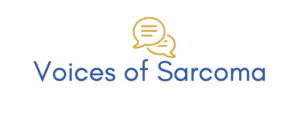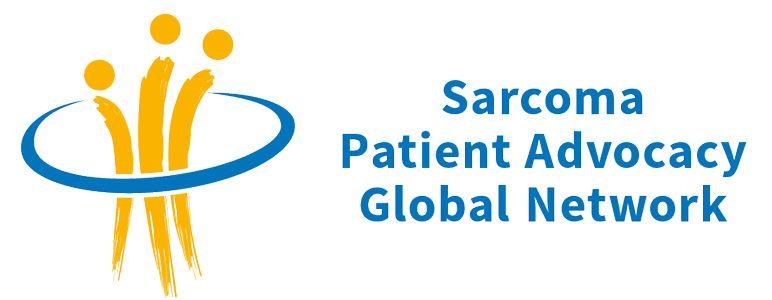How to Create High-quality Information Materials for Patients, Part 1: Checklist of Key Steps


As any advocate knows, an important task of a patient organization is to produce information materials for patients and their caregivers. This task is not as easy as it looks -- after all, most of us advocates have not been trained in journalism or graphic arts or medicine.
We may wonder: What makes a brochure or a website text for patients successful? How can our patient advocacy organization ensure the quality of the patient resources we produce?
One answer to these questions is to look at best practice examples. We can learn a great deal when we closely examine high-quality patient information materials and are curious about the steps followed by those who made them.
This blog post will explore the criteria and steps for writing patient materials established by a creator and arbiter of patient information resources. I’d like to walk you through the processes they have identified as essential.
What are the characteristics of high-quality information material for patients?
The list of adjectives describing high-quality patient information materials is long: reader-friendly, medically accurate, useful, reliable, relevant, up to date, engaging, and – let’s face it – visually attractive. (That last criterion is just a fact of the media-driven world we live in.)
These requirements may seem pretty daunting. Fortunately, we can follow a kind of checklist to make sure we are doing it right.
Some years ago, I came across the website of the BMA PLG patient information awards. The British Medical Association (BMA) hosts an annual contest to “encourage excellence in the production and dissemination of accessible, well-designed and high-quality patient information“. The entries – from books to brochures to videos – are judged by a panel of expert reviewers according to certain criteria.
Here’s the thing: BMA’s criteria can also serve as guidelines that we advocates can use when producing information material for our own organizations. We can even use them for guidance when we decide it’s time for an update of the material we already have.
So here are 9 of the criteria identified by the BMA, which I have adapted to make a checklist of steps including some links to helpful information.
9 Key Steps in Producing Patient Material
The steps to follow when creating information materials for patients need not be carried out in the exact order given here:
- Involve health professionals and experts
- Involve users
- Choose the best medium for the intended audience
- Develop a plan for sharing the material
- Develop a plan for evaluating the material
- Use high-quality sources
- Choose appropriate information
- Include the essentials
- Consider language, tone, perspective, layout, design
1. Involve health professionals and experts
When creating information material for patients, it is best to get at least one clinician involved. Ideally, you will be able to engage clinicians and experts from different disciplines and different organizations in various stages of creating the material – everything from selecting content to reviewing the final product.
2. Involve users
It is equally important to involve the people who will actually be using the material, whether they be patients or family members or the general public. There are different ways to engage users in the process: you could form a reader’s panel (i.e., a group of people who share their views on things like whether the material is easy to understand, accessible and free from jargon), convene a focus group, or send out a survey, for example. In the best case, you will involve members of the target group in different phases of the production of the material.
3. Choose the best medium for the intended audience
Early on in the creation process, a decision must be made about the medium in which you will present the information. You can best decide this by considering the media most often accessed by your target group: Will a printed text of some kind, a brochure or booklet, be best suited to your audience, or possibly a video or an online post? Often the materials you develop can be adapted to different media and enable you to reach a more diverse target audience.
4. Develop a plan for sharing the material
Once the medium has been chosen you can think about how you will share the material with the target audience. You should decide which channels would be most appropriate and even consider using more than one. Would your patient information video best reach the target audience through social media posts or could it also be shown in a doctor’s waiting room? Could your website text also be printed out to be distributed at a patient meeting or emailed to patients as part of a newsletter? Think about monitoring the reach of your material, which can be done by looking at page views, downloads, or requests for materials, for example.
5. Develop a plan for evaluating the material
Consider ways of gathering feedback on the material once it has been produced and shared. You can ask your readers to provide feedback, or use other methods of evaluation, such as readability formulas or understandability assessments. Both quantitative and qualitative evaluation (How many page views are there? vs. What do people find unclear?) are helpful at all stages in the life of the material. Ideally, you will include some kind of a feedback mechanism for users of your material, everything from a scoring system on a website to an email address.
6. Use high-quality sources
In order to ensure the reliability and trustworthiness of the patient materials, it is important to use high-quality sources for a sound evidence base. High quality evidence comes from articles from peer reviewed articles in journals, guidelines produced by expert medical societies, or federal government agencies. Using more than one such source is another way to strengthen the reliability of the information we provide.
7. Choose appropriate information
Choosing information to include means making decisions on the amount, the level, and the balance of the information. The amount of information given should be appropriate for the target audience and for the purpose of the material. For example, material aimed at patients making decisions about treatment for their disease might be quite long and detailed, while a resource aimed at people undergoing a PET scan for the first time may be short and contain only a small amount of information. Similarly, information for newly diagnosed patients will be presented at a basic level of understanding, whereas a report on cutting-edge research will need to be more technical. Balanced information covers all aspects of a topic equally and does not favor one over others. For example, a website page about treatment options would not focus on one treatment more than the others.
8. Include the essentials
There are a few pieces of information that could be considered essentials, and care should be taken not to leave these out:
- Date of publication of the material
- Name of the organisation producing the material (or an author/group of authors )
- Contact information for the author and/or the organization
- Statement of the intended audience, e.g., “A brochure for patients with SDH-deficient GIST”
- Statement of the purpose of the material, e.g.,“information to help you make a decision about your treatment“.
9. Consider language, tone, perspective, layout, design
This step of the material development process involves the actual writing of the text used to communicate with the target audience. Here, your choice of language, tone, perspective, layout, and design must be carefully considered. Part 2 of this blog will cover these points in greater detail.
What are your thoughts on creating information material? What do you find most challenging?
Author: Amy Bruno-Lindner
Photo credit: Photo by Christin Hume on Unsplash

Thank you for all the effort put in to this blogpost! I am eagerly awaiting the second part.